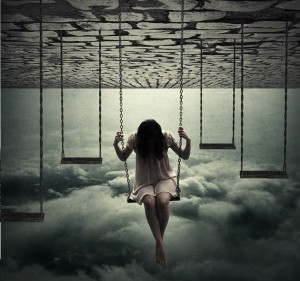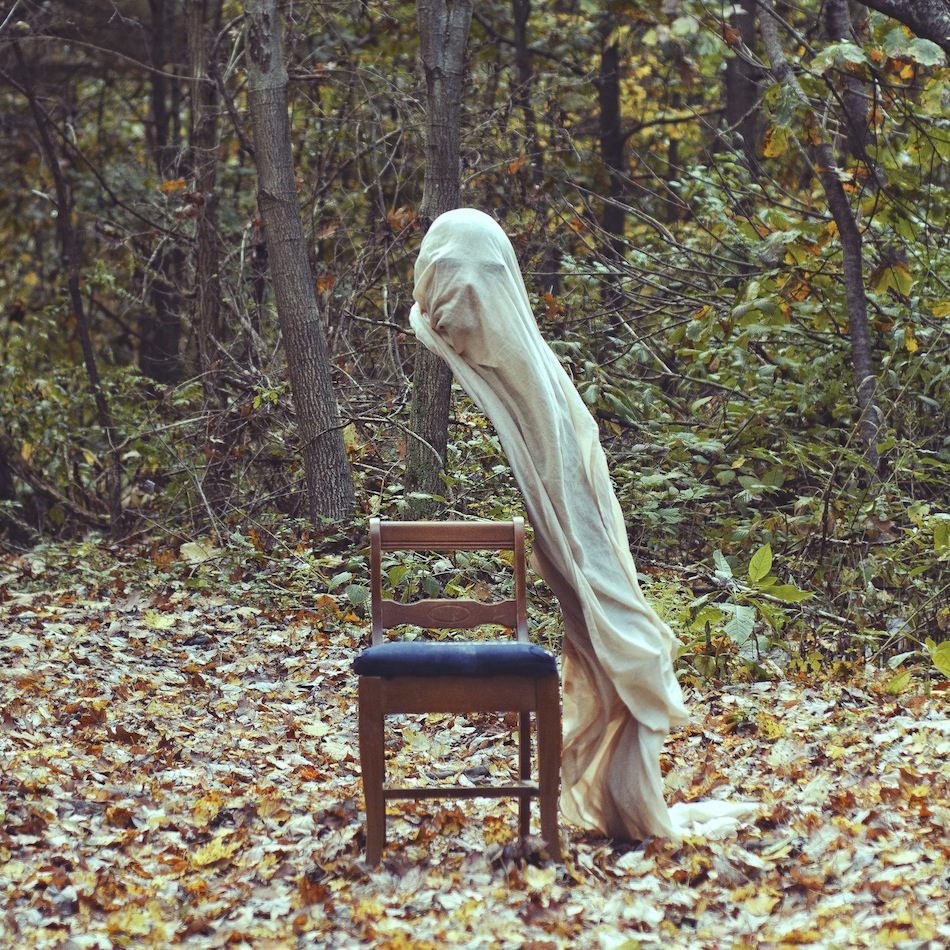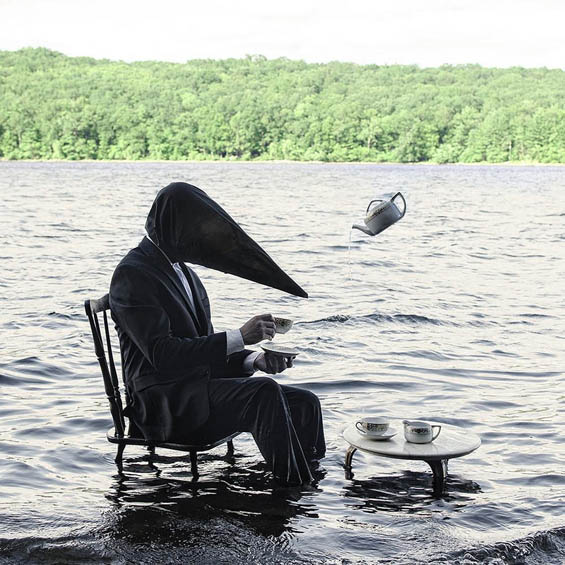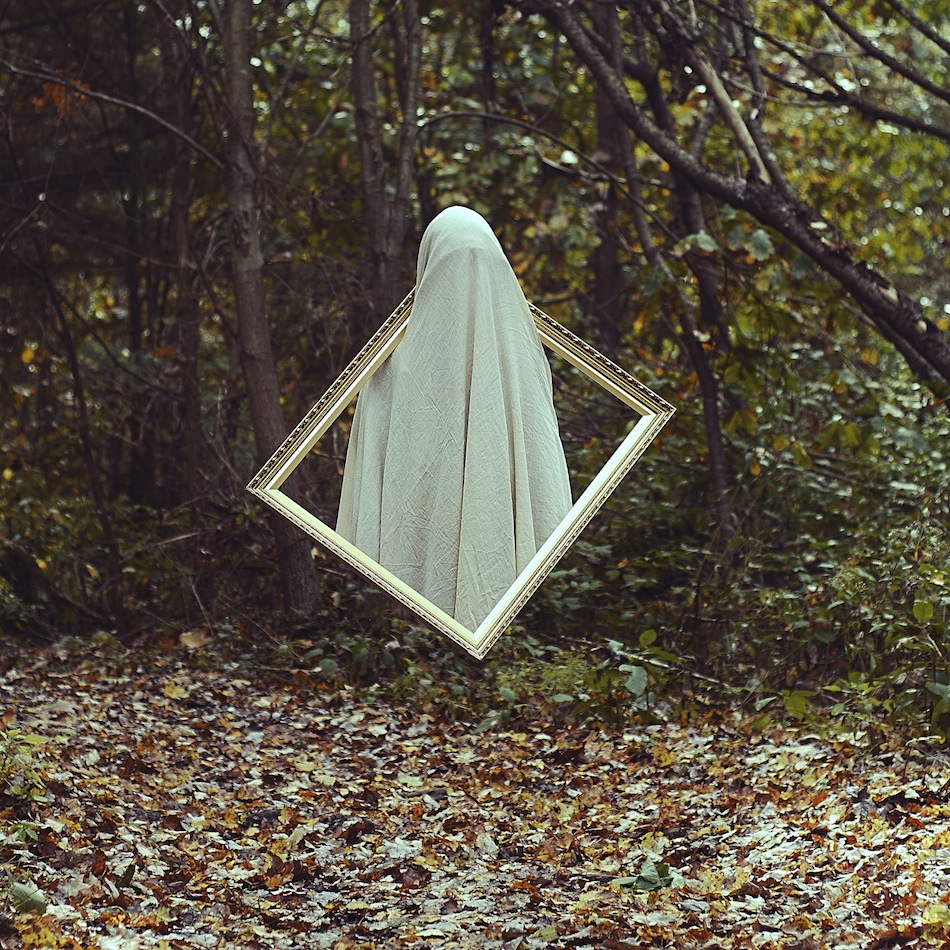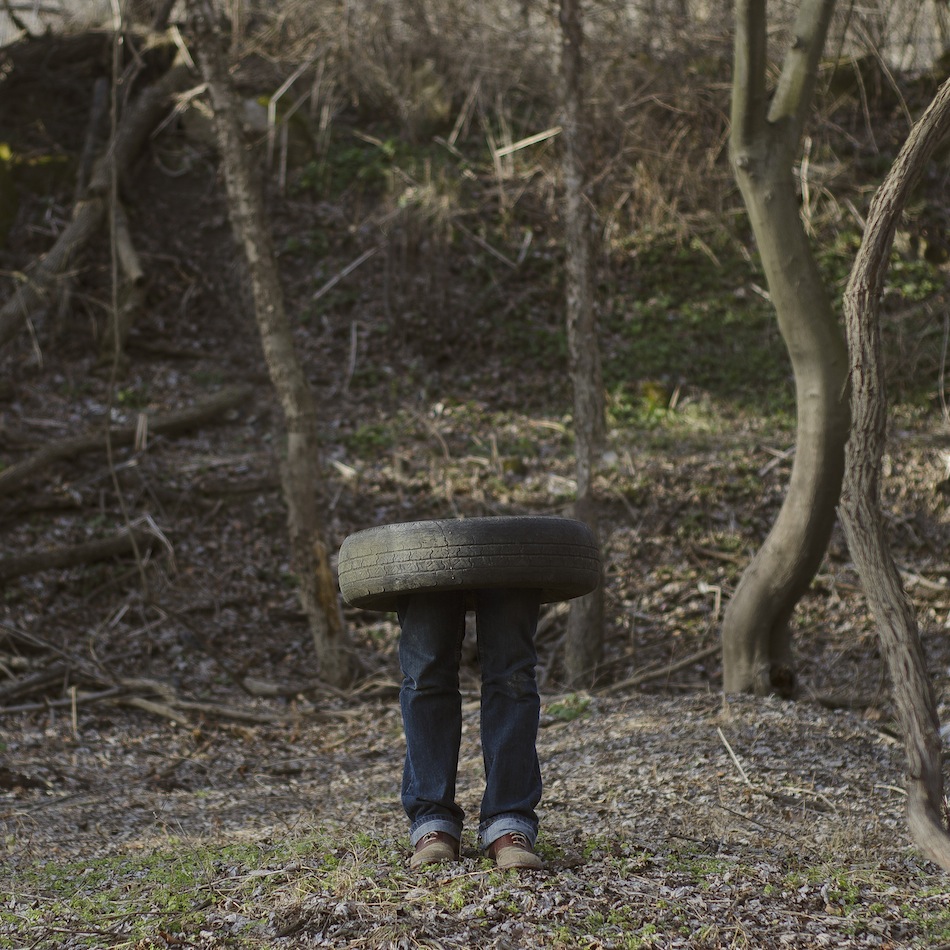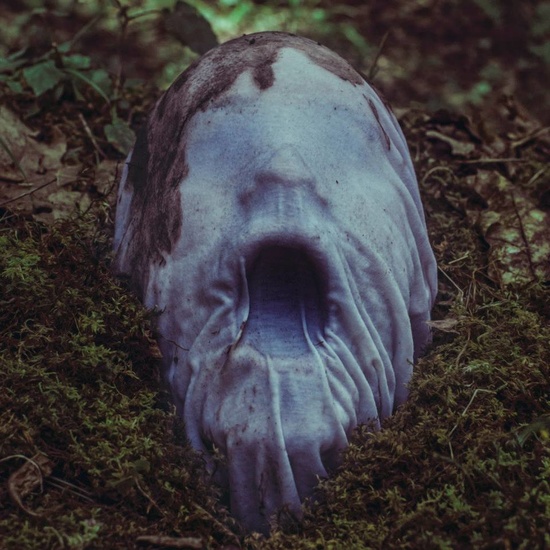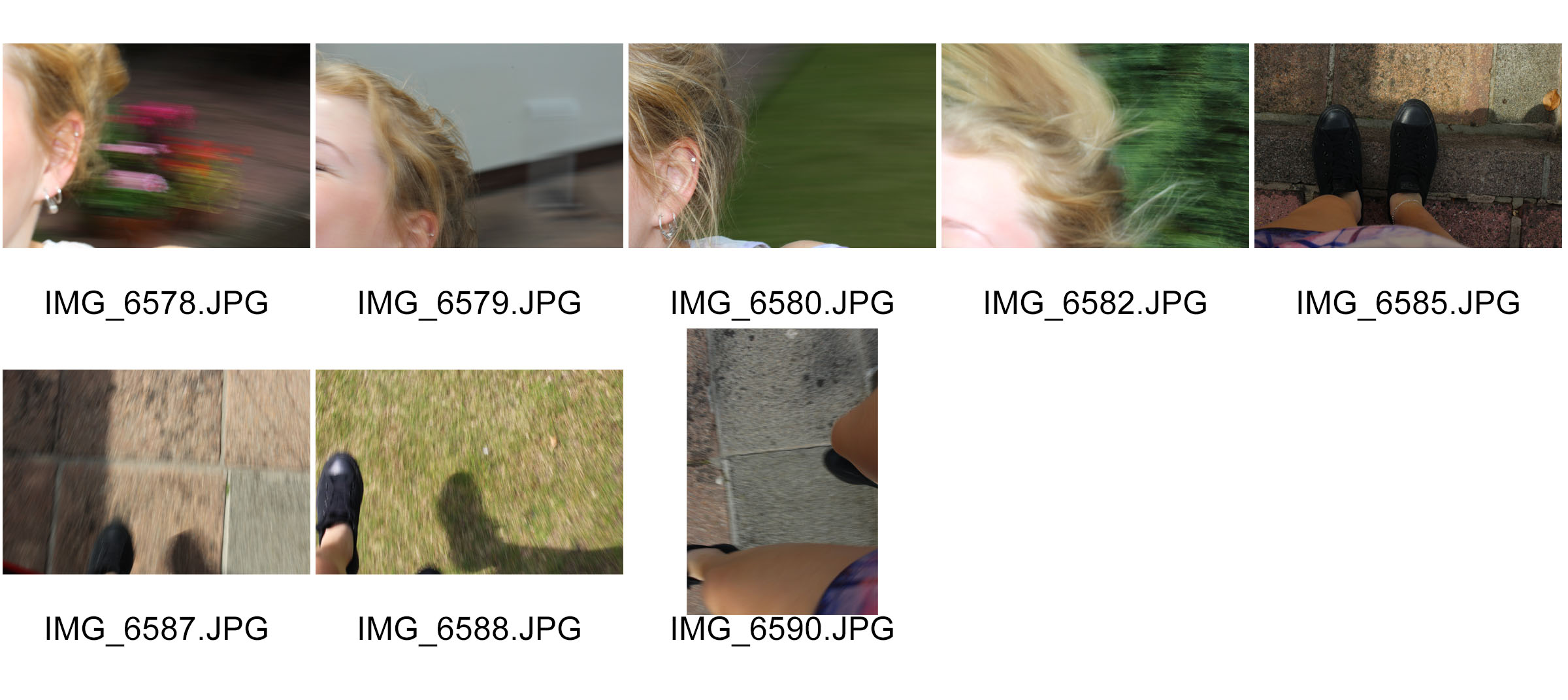For this outcome, I have made a diptych of two images I made during the St Malo trip with Tom Pope. The top image is a graffiti-styled chalk drawing of an unhappy looking flower which I came across during our groups ‘drifting’ experiment. The bottom image is a chalk-drawing of the phrase ‘DOWN WITH BIG BROTHER’ – a reference to George Orwell’s dystopia novel 1984 . In the creation of this image, I used my study of symbolism, as presented in my manifesto and on a separate research blog
Top Image
The top image is a very satirical, clever and subversive image which uses symbolism in order to deliver its message. The depiction of a sad flower is interesting because the connotations of pain, sadness and hate are being connected to the theme of a flower, which is traditionally symbolized with beauty, delicacy and happiness. I find that this juxtaposition is therefore subversive and deeply contradictory of what is excepted. A deeper interpretation of this image is the concept of forced conformity and labeling by society. The fact that a symbolization of something labeled by society as positive could in fact have a negative connection, forces the viewer to question how accurate and meaningful conformity actually is on a practical sense.
I like how there is a certain intensity to this image. The bold, dark colour tones that is present, which I then emphasized by editing the image to black and white, helps to make the image more powerful and meaningful, as it adds a sense of sinister tone and edginess to it. This powerful visual display help the image to stand out more, and its mysterious nature is of interest to the viewer, inviting them in to question the purpose and meaning of such image
Bottom Image
This image is my depiction of the iconic slogan ‘DOWN WITH BIG BROTHER’ from George Orwell’s dystopia novel 1984 by the novel protagonist Winston Smith in protest to the tyrinnical dictatorship of ‘Big Brother’. I created this slogan by writing it out in chalk on the streets of St Malo. This photograph relates to the theme of challenge.
The reference to this slogan is significant because it is symbolic of a protest against society and establishment. The term ‘DOWN WITH BIG BROTHER’, I view as representative of the general idea of protest and challenge. The fact that this term is fictional gives it a versatile use that can be applied generally to any situation. This protest that I have made is not therefore a specific protest but instead a general criticism of society that is adaptable to the viewers own perspective. I decided to crop out a large amount of the pavement so that the writing was as clear and direct and possible.
Images Together
I find that these two images work very well together because they both relate to the idea of being subversive and subtly challenging society through the use of symbolism. They also are both form of graffiti, which directly establish a relationship between them. As a final outcome, I find that this works very well because it sends a strong, but indirect message that requires a certain degree of interpretation from the viewer. Visually the two images work well together because they are both mysterious, bold images with display a sense of sinister tone. I decided to make the two images into a diptych because I found that this was visually more effective then display either or both of the outcomes as individual images.









